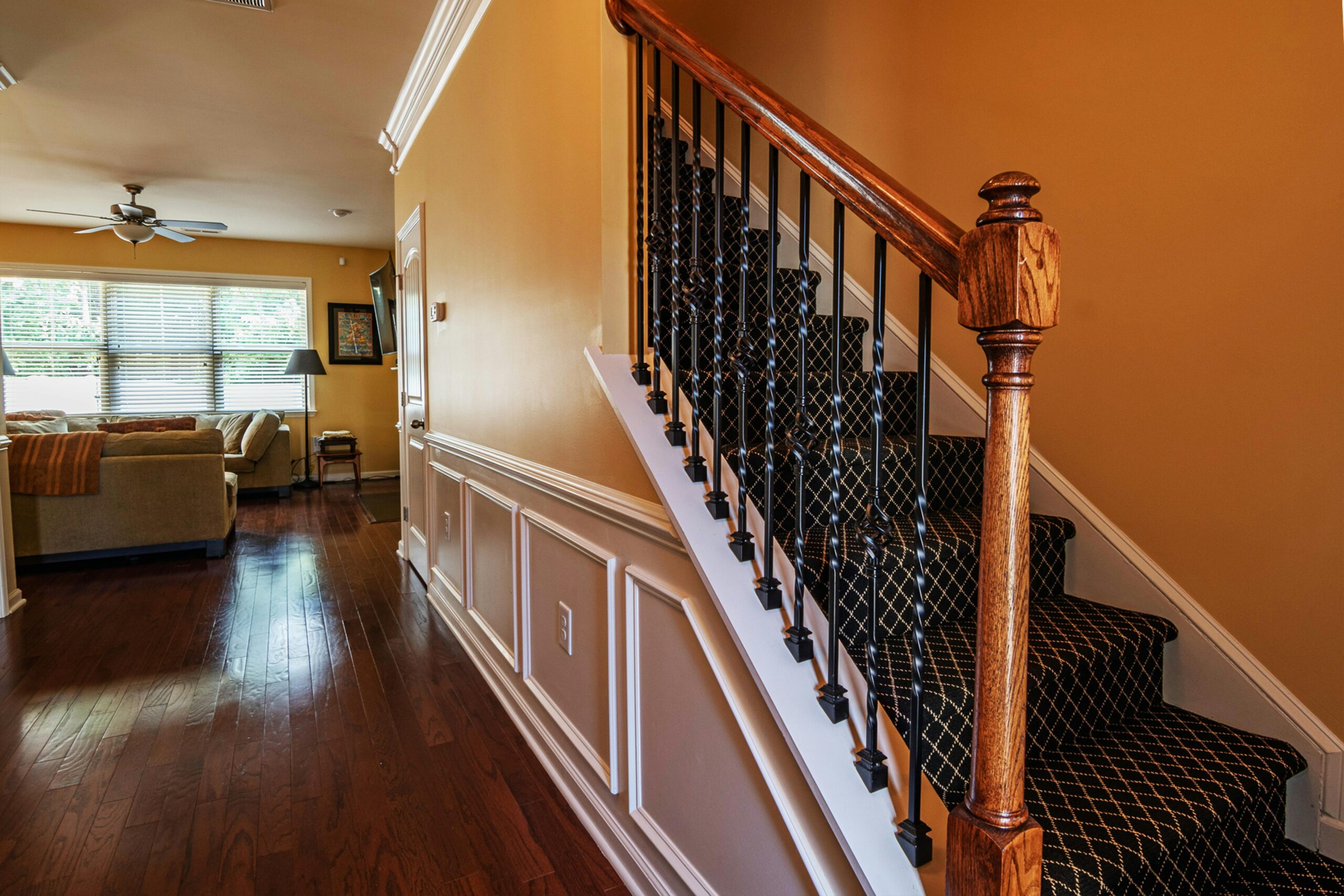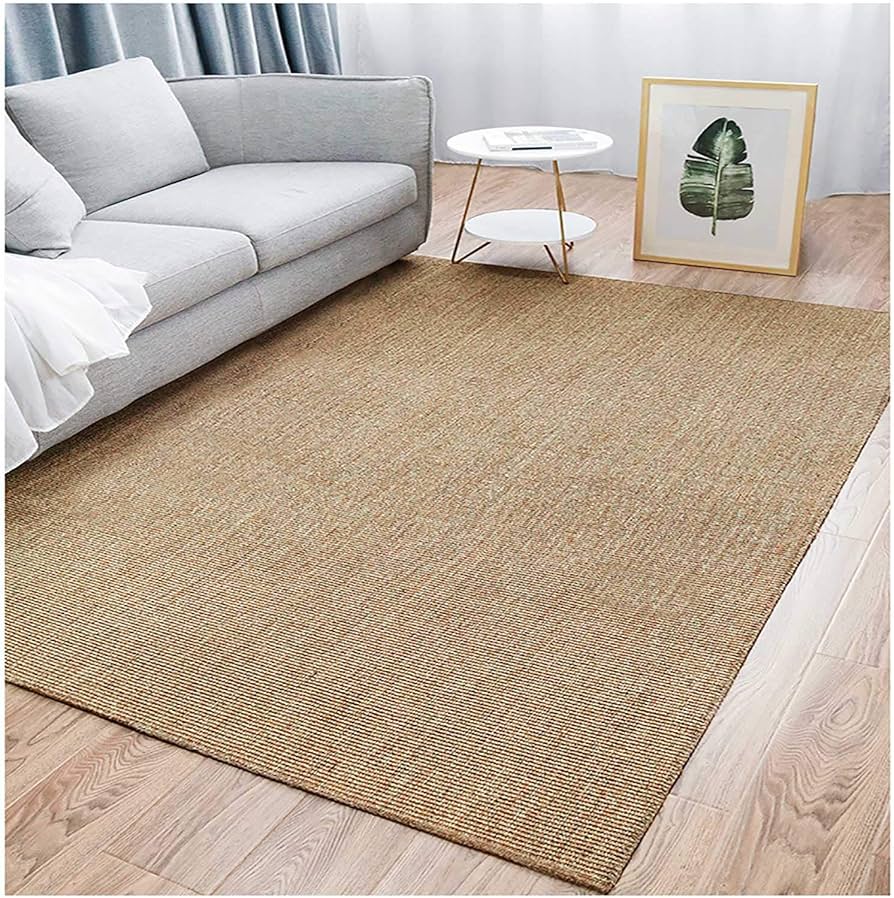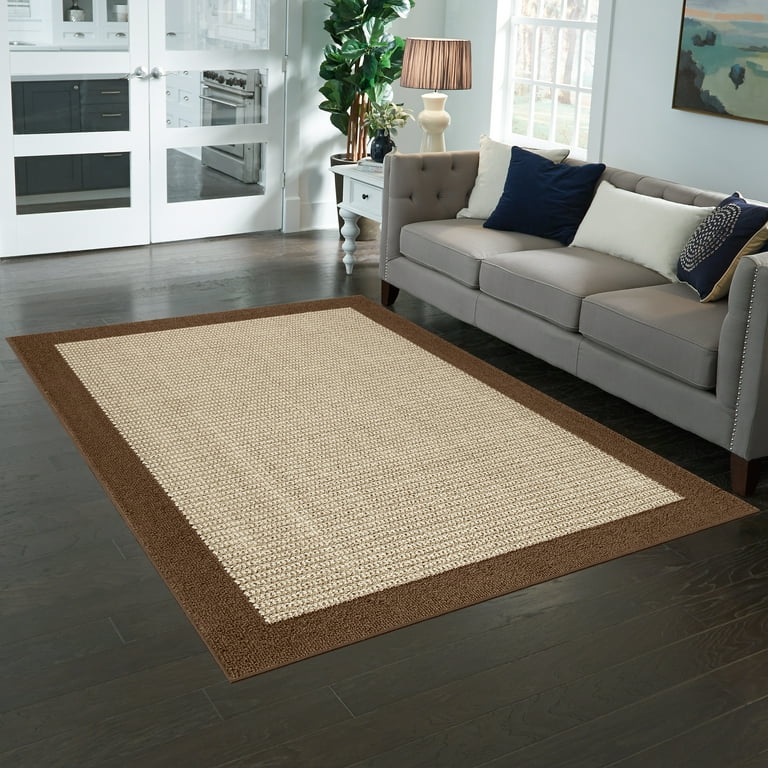When it comes to enhancing the beauty, safety, and comfort of your home, stairs carpets are an excellent choice. Whether you’re redesigning your interior or simply looking to add a touch of elegance to your staircase, stairs carpets can dramatically transform your space. This article explores everything you need to know about stairs carpets—from their benefits and types to installation tips and maintenance. Let’s dive into the world of stairs carpets and see how they can elevate your home’s style and functionality.

Why Choose Stairs Carpets?
There are several reasons why homeowners choose stairs carpets over bare staircases. First and foremost, stairs carpets add a layer of safety. Hardwood, tile, or stone stairs can be slippery, especially if you have children, elderly family members, or pets. Stairs carpets reduce the risk of slipping by providing traction and cushioning in case of falls.
Secondly, stairs carpets are excellent for sound absorption. If your stairs creak or if you have a busy household, carpeting your stairs helps reduce noise, creating a quieter environment. Furthermore, stairs carpets enhance the aesthetic appeal of your home. With countless colors, textures, and patterns to choose from, you can find stairs carpets that perfectly match your interior design.
Types of Stairs Carpets
There are several types of stairs carpets, each offering unique benefits. The choice often depends on your personal preferences, budget, and the level of foot traffic in your home.
1. Wall-to-Wall Carpeting
This type covers the entire staircase, giving it a seamless look. Wall-to-wall stairs carpets are ideal for households that prioritize comfort and noise reduction. They provide full coverage and create a plush, luxurious feel.
2. Carpet Runners
Carpet runners are narrow strips of carpet that run down the center of the staircase, leaving the sides exposed. These stairs carpets offer a perfect balance of aesthetics and functionality. They allow you to showcase the natural beauty of your wood or tile stairs while still providing safety and comfort.
3. Carpet Tiles
Carpet tiles are modular and easy to install, making them a great option for DIY enthusiasts. If a section becomes stained or damaged, you can replace just that tile instead of redoing the entire staircase. Carpet tiles used as stairs carpets offer flexibility and ease of maintenance.
Choosing the Right Material for Stairs Carpets
The material of your stairs carpets significantly affects their durability, feel, and appearance. Here are some popular options:
Wool
Wool is a natural fiber known for its durability and softness. Stairs carpets made from wool are luxurious, resistant to crushing, and have excellent insulating properties. However, they are usually more expensive than synthetic options.
Nylon
Nylon is one of the most popular materials for stairs carpets due to its resilience and affordability. It resists wear and tear and holds up well under heavy foot traffic.
Polyester
Polyester stairs carpets are budget-friendly and come in vibrant colors. They are stain-resistant but may not be as durable as nylon or wool.
Olefin (Polypropylene)
Olefin is resistant to moisture, mildew, and stains, making it suitable for outdoor or basement staircases. While affordable, it tends to crush easily under heavy use.
Design and Style Ideas for Stairs Carpets
Stairs carpets can be as bold or subtle as you like. If your home features a traditional design, consider floral or oriental-patterned carpets. For a modern look, geometric shapes or solid colors work beautifully. Neutral stairs carpets like beige, gray, or taupe offer a timeless elegance, while bold hues like navy blue or emerald green can serve as statement pieces.
Striped stairs carpets are particularly popular because they create an illusion of length and add a touch of sophistication. If your stairs are narrow, light-colored stairs carpets can help make the space feel more open and airy.

Installation Tips for Stairs Carpets
Proper installation is crucial for the safety and longevity of your stairs carpets. While hiring a professional is always a good idea, some homeowners opt for DIY installation. Here are some essential tips:
- Measure Carefully: Before purchasing, measure each stair’s width, depth, and height. Don’t forget to include the stair nosing.
- Choose the Right Padding: Carpet padding improves comfort and extends the life of your stairs carpets. Use dense, thin padding specifically designed for stairs.
- Secure Tightly: Make sure the carpet is tightly secured to prevent slipping or bunching. This is especially important for runners and tiles.
- Use Proper Tools: Use a knee kicker, carpet knife, and staple gun for best results.
Cleaning and Maintenance of Stairs Carpets
Like any part of your home, stairs carpets require regular cleaning to stay in top condition. Here are a few maintenance tips:
- Vacuum Regularly: Dirt and debris can accumulate quickly on stairs, especially in high-traffic areas. Vacuum your stairs carpets at least twice a week.
- Spot Clean Spills: Use a mild carpet cleaner and a soft cloth to treat spills as soon as they occur.
- Deep Clean Periodically: Consider steam cleaning your stairs carpets every 6-12 months to remove deep-seated dirt.
- Trim Loose Fibers: If you notice any fraying, trim loose fibers to prevent further damage.
Pros and Cons of Stairs Carpets
Let’s break down the advantages and disadvantages of stairs carpets.
Pros:
- Safety: Reduces slips and cushions falls.
- Aesthetics: Adds texture, color, and character.
- Comfort: Soft underfoot and reduces fatigue.
- Noise Reduction: Muffles sounds effectively.
- Insulation: Provides thermal benefits, especially in colder climates.
Cons:
- Maintenance: Requires regular cleaning to avoid stains and wear.
- Cost: Quality stairs carpets and installation can be pricey.
- Durability: Some materials may wear down faster under constant use.
Stairs Carpets for Commercial Spaces
Stairs carpets are not just for residential homes—they’re widely used in hotels, office buildings, and commercial spaces. In such environments, durability and fire resistance are key. Commercial-grade stairs carpets are typically made from tough synthetic fibers and designed to withstand high traffic.
Moreover, branding can play a role in commercial spaces. Some businesses choose custom stairs carpets with logos, patterns, or colors that reflect their identity.
Sustainable and Eco-Friendly Stairs Carpets
If you’re environmentally conscious, you’ll be pleased to know that many stairs carpets are now made with sustainable materials. Look for carpets made from recycled fibers or natural wool with eco-friendly backing. Additionally, some manufacturers offer stairs carpets that are certified low in VOCs (volatile organic compounds), improving indoor air quality.
Trends in Stairs Carpets
Interior design trends are always evolving, and stairs carpets are no exception. Currently, the following trends are popular:
- Bold Patterns: Floral, abstract, and ethnic designs are gaining popularity.
- Layering: Using multiple textures or combining runners with painted stairs.
- Neutral Tones: Beige, cream, and gray remain classic choices.
- Natural Materials: Wool and sisal are being embraced for their sustainability and tactile feel.
Read also:
- Top 10 Materials for the Best Carpet for Stairs
- How to Choose the Perfect Carpet for Stairs and Landing
- How to Choose the Perfect Striped Stair Carpet for Your Home
Conclusion
Stairs carpets are more than just a design element—they are a practical investment in safety, comfort, and style. Whether you’re looking to enhance a traditional staircase with a luxurious wool runner or add a modern flair with geometric tiles, stairs carpets offer endless possibilities. With proper selection, installation, and care, stairs carpets can serve your home beautifully for years to come.
No matter your taste or budget, there’s a perfect stairs carpets solution out there waiting for you. So take the step—literally and figuratively—and transform your staircase into a stunning and safe focal point in your home.





